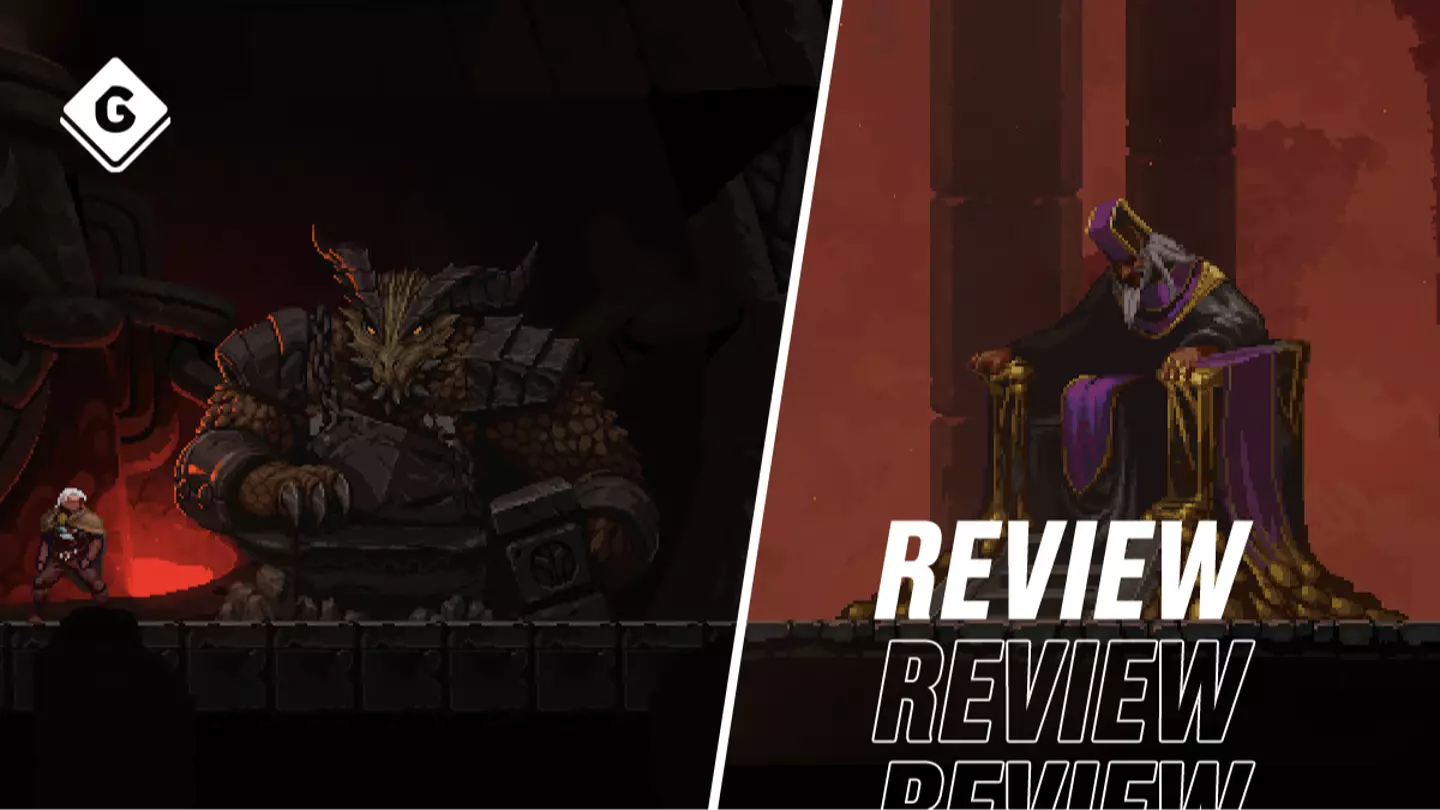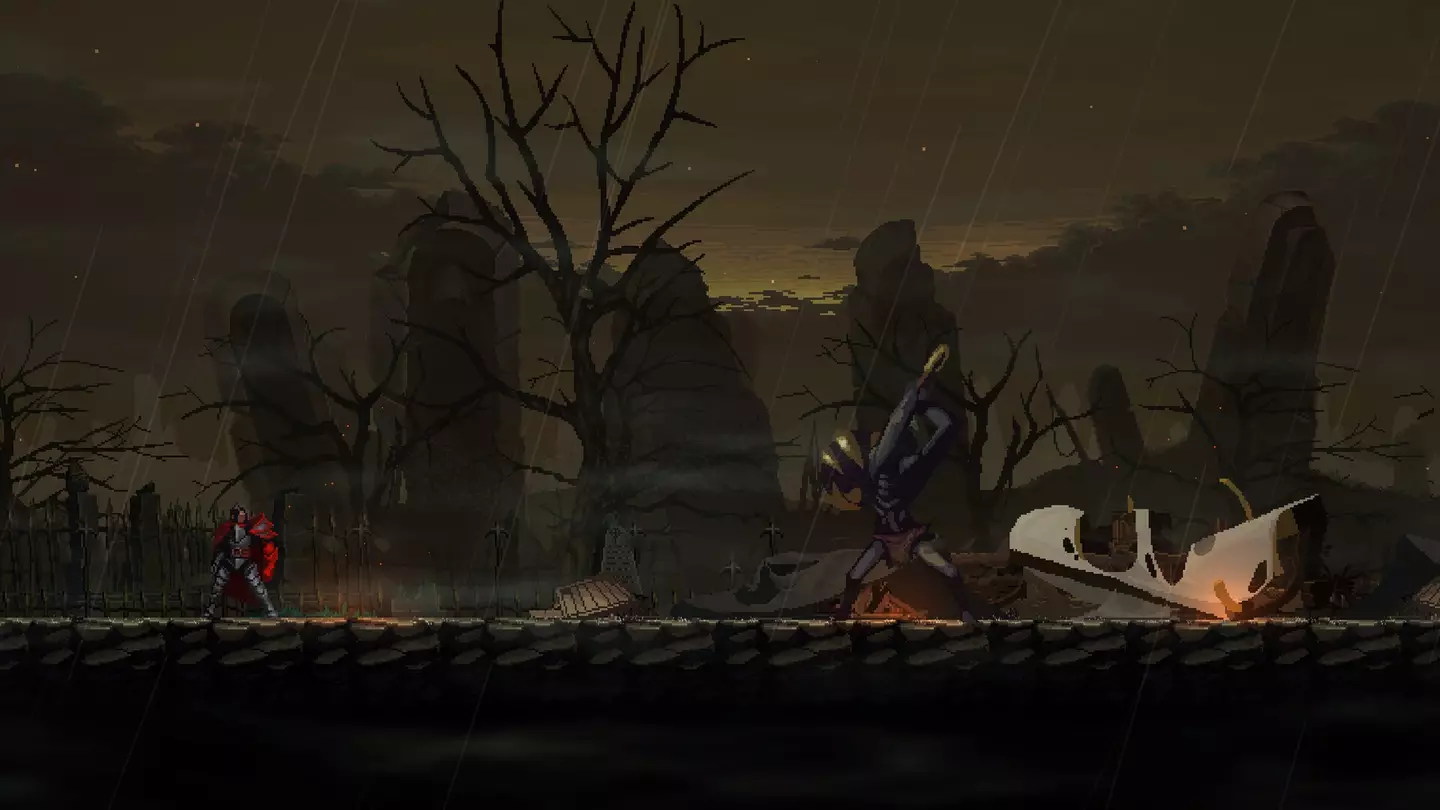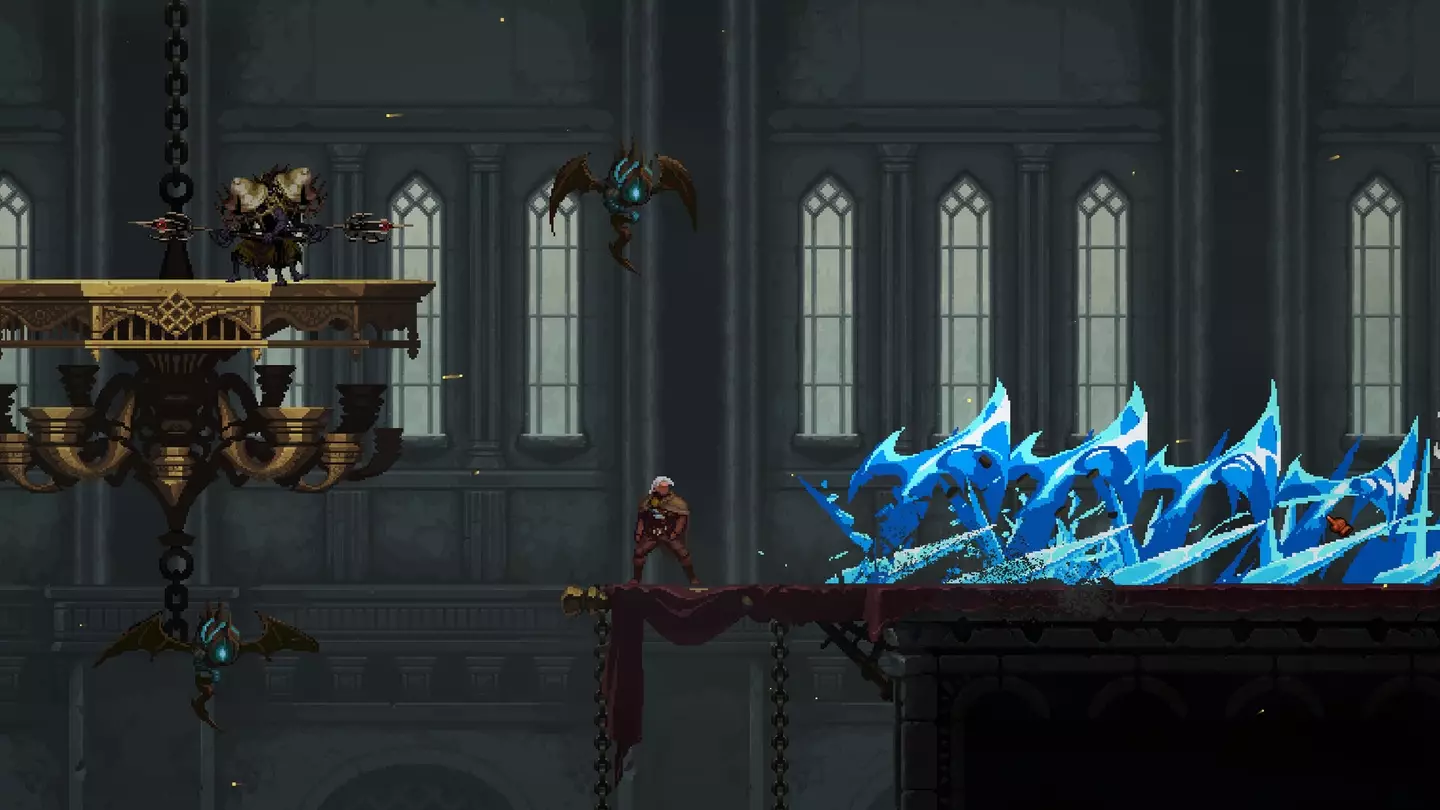
In recent years, roguelikes have quickly become one of the gaming industry’s beloved darling genres, with so many coming out and very few doing anything different enough to topple the greats. It’s a genre swarmed with games, all offering different environments and settings, but keeping the core mechanics of what it is to be a roguelike. In order to really wow any player, developers need to channel fresh ideas and attempt to break out of the rigid framework that so many have stuck to.
I say all this because the genre is easily my favourite, and several of my top 10 games of all-time exist within the roguelike, or roguelite, field. So, when it came to playing Dragon is Dead, I was initially excited because there was potential to see something new. After playing a few hours though, while there were some things that worked incredibly well, several other factors made me realise that the genre has become stagnant.
The wow factor here comes from the pixel art visuals that manage to keep the small details in each character, monster, and biome, yet they retain that crunchy, crackly effect that good pixel art evokes. The overall aesthetic, a medieval-esque backdrop, feels tired even though the actual imagery looks lush. Of course, this is a world where dragons roamed, and ye olde villages cowered as evil spread throughout the land, so you can expect an Elden Ring feel to everything, and while it’s ambitious, outside some enemies and one-off areas, it feels like something you’ve seen a million times before.

Advert
The same can unfortunately be said of the combat, which feels a lot like Dead Cells, with frenetic traversal and juggling combat options, but it’s nothing new. Our character can channel certain elements through a skill tree which gives plenty of spell and ability options aside from simply swinging a sword, and some moves look flashy and feel satisfying.
I can pretty much guarantee that if you’ve played a fair few roguelikes, or simple side-scrolling brawlers, you won’t find anything shocking here. It’s the definition of fine, there’s nothing overtly wrong with the fighting, but there’s equally nothing to set the world alight either. I desperately wanted to be hooked into any aspect of this game, but I often felt empty while playing, and if I didn’t feel empty, I felt annoyed.
A good example of this is the writing. The story itself is uninspired, but serviceable, everyone loves a gritty medieval world with demonic-style enemies - here they are called corrupted - and it’s good enough. But dear me, the NPCs never stop talking, and it’s the most banal, limp dialogue. I started out happy to listen and within half an hour, I was spamming my way through the dialogue because it felt never ending. There’s no character or personality; every NPC feels like a facsimile of a side character you forgot about in another game or film.
The actual roguelike mechanics could have been explored further, too - dying in a run sets you back to the start, and you lose everything, even your skills, on respawning. The only progress you keep is gear and currency, which is fine as the armour and weapons come with passive perks, but it feels restrictive because with each run, I used my skill points on the same powers that I found worked the last time around, and because there aren’t that many skills on offer, you quickly track down what works.
Advert

This turns the skill tree and upgrade path into a redundant feature; there’s not enough here to really develop a character or build, which I’d argue is crucial to a roguelike. Perhaps it’s the lack of flexibility and options, but I never set the game aside and remembered a cool run because of some great synergy or ability I’d uncovered by combining options. There are other characters to unlock, but by the time I got there, I felt like I’d already seen quite a lot Dragon is Dead had to offer.
This game has recently entered its 1.0 update, coming out of early access, and yet it feels as if the developers should have kept cooking for a while. Another example of this is barren areas, with whole side-scrolling sections featuring no enemies or traversal exploration. If you’ve got nothing to put in the area, then cut it from the game, or give us something to fight. If there was some lore to discover, then it would make sense, but these areas offer nothing.
For all the gorgeous visuals, and flashy, beautiful effects that spark and burn from abilities, there’s nothing offering any real bite. There’s no hook, and if a roguelike needs one thing, it’s a hook; give me an excuse to stay up until 2am figuring out new builds and synergies to slay your, admittedly, brilliant, bullet hell enemies. And so, I walked away from Dragon is Dead, which is a very odd title, by the way, feeling underwhelmed.
Advert
Pros: Lovely pixel graphics, delightful special effects
Cons: Bad dialogue, empty environments, lack of engaging gameplay loop
For fans of: Dead Cells, Hades, Enter the Gungeon
5/10: Average
Dragon is Dead is available now on PC (version tested, played on Steam Deck). A review code was provided by the publisher. Read a guide to our review scores here.
